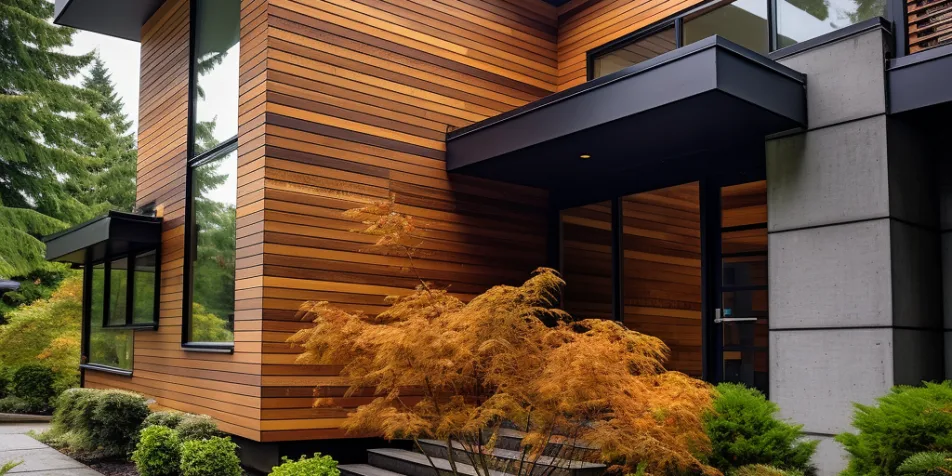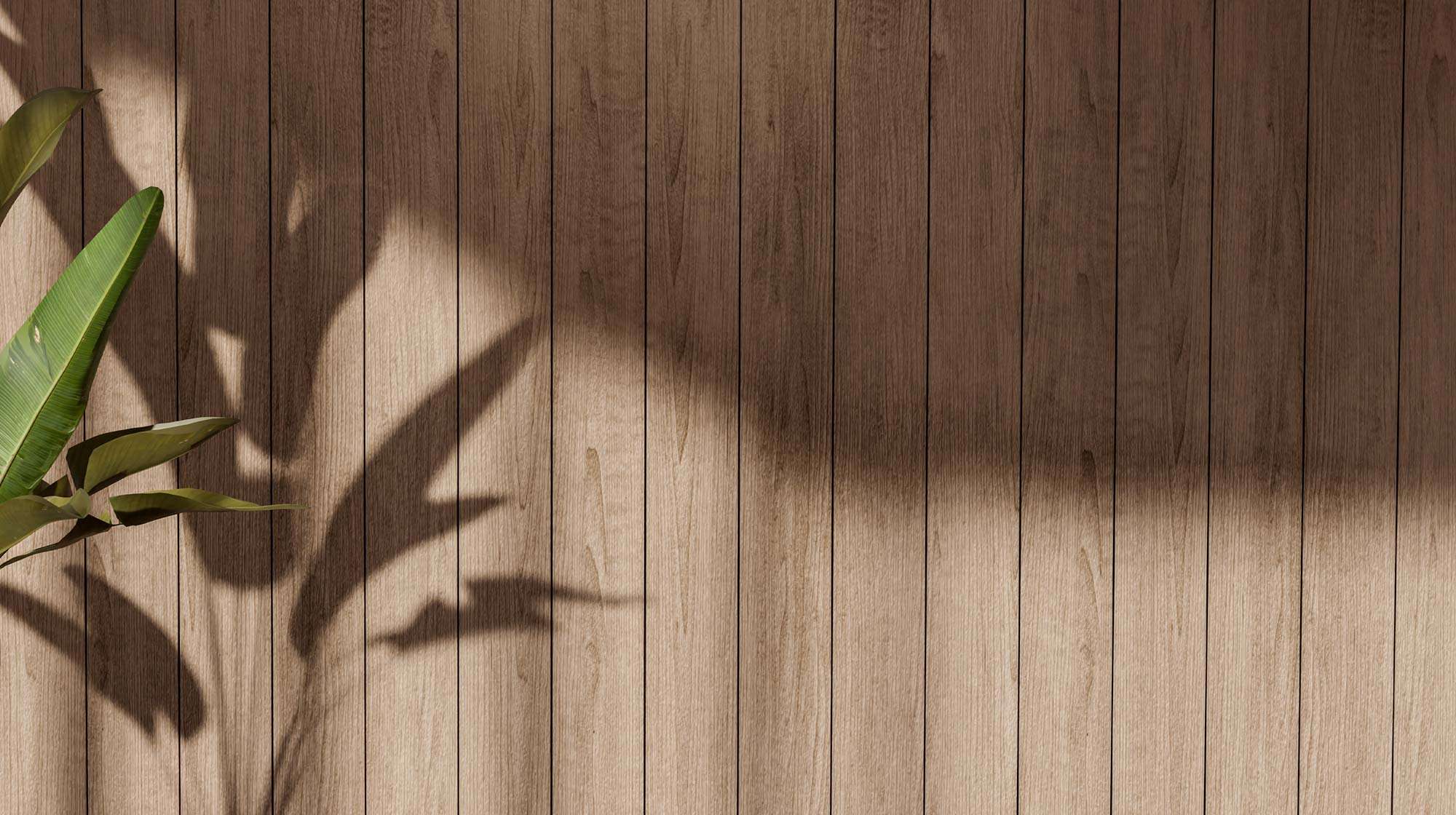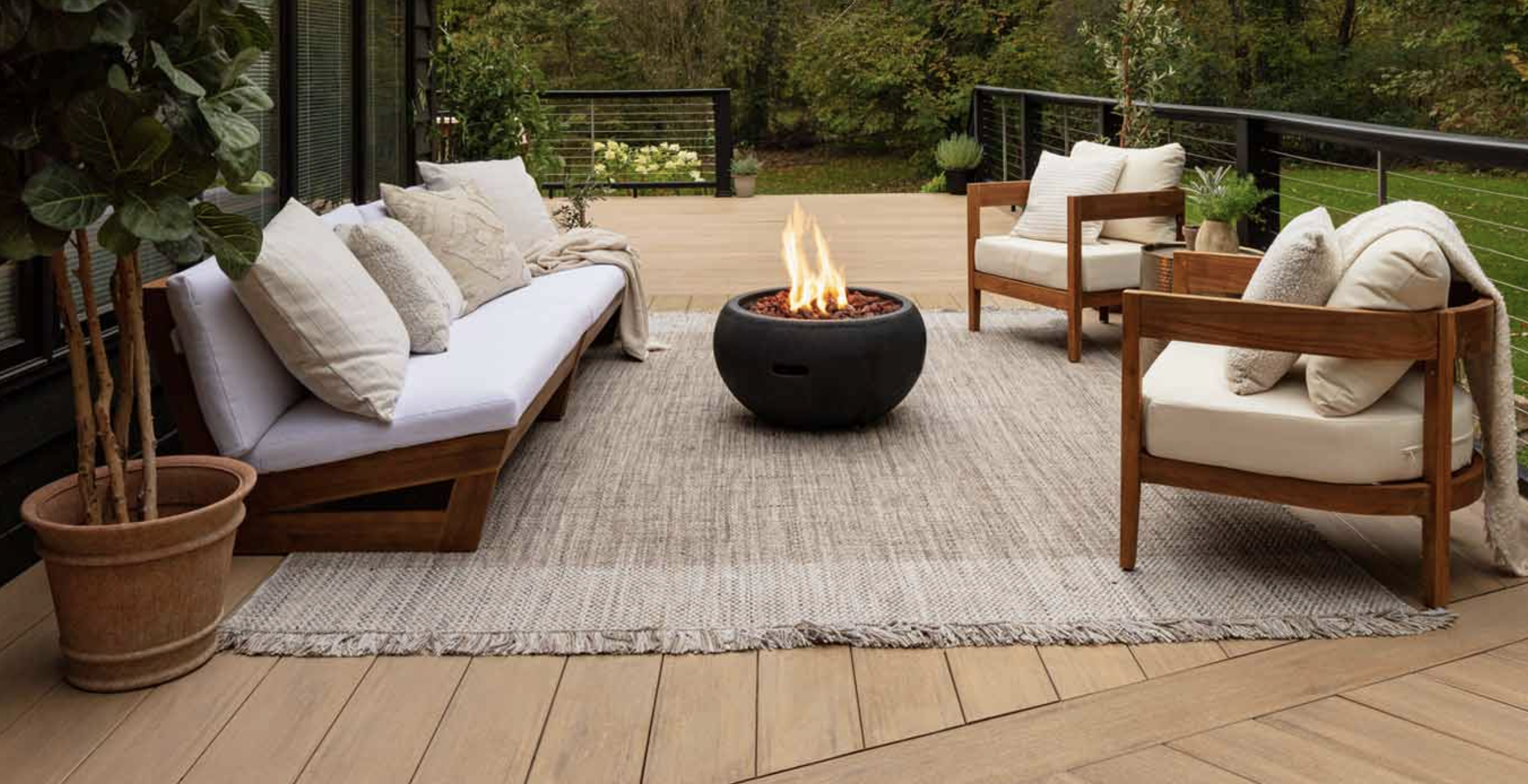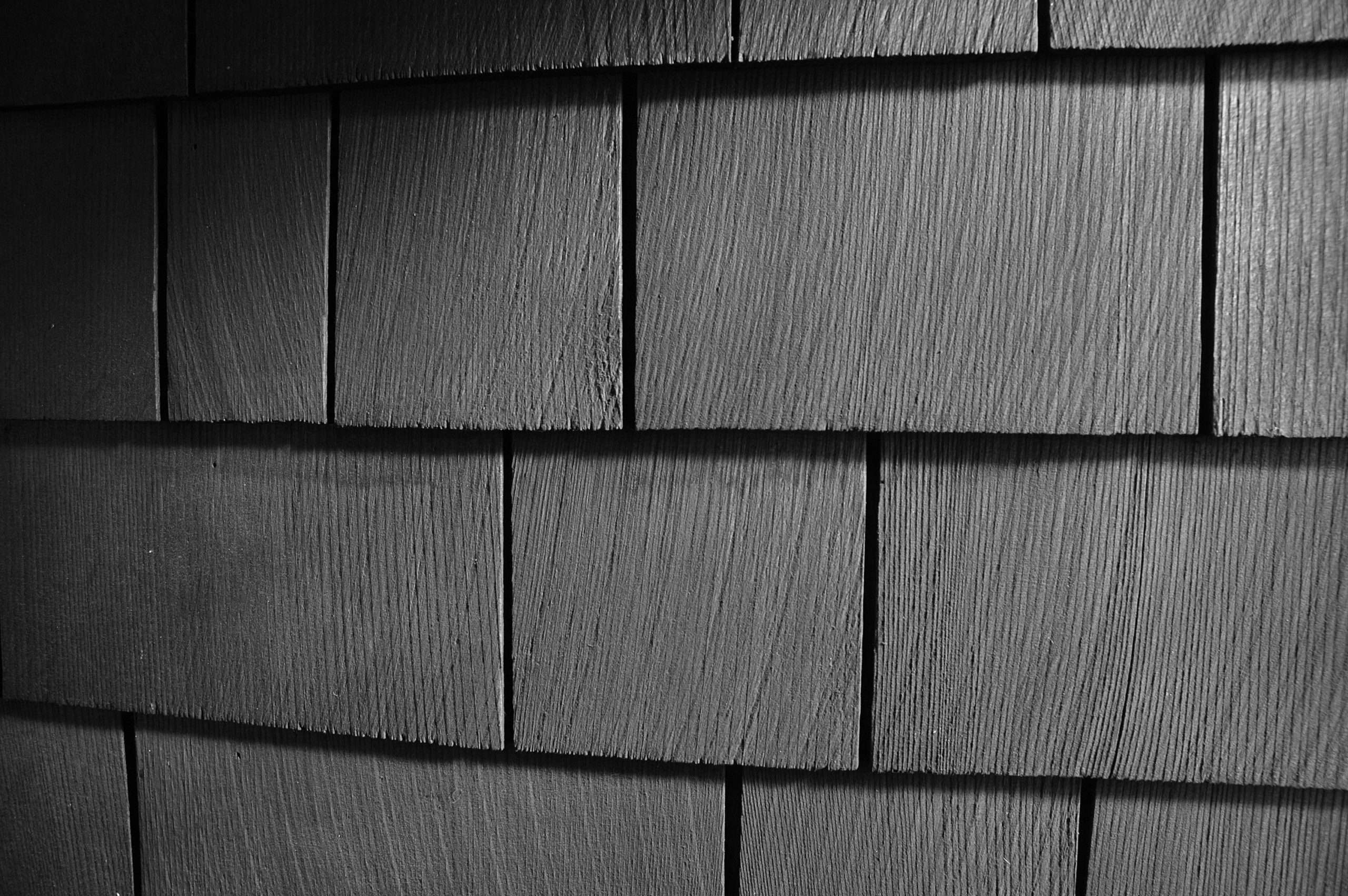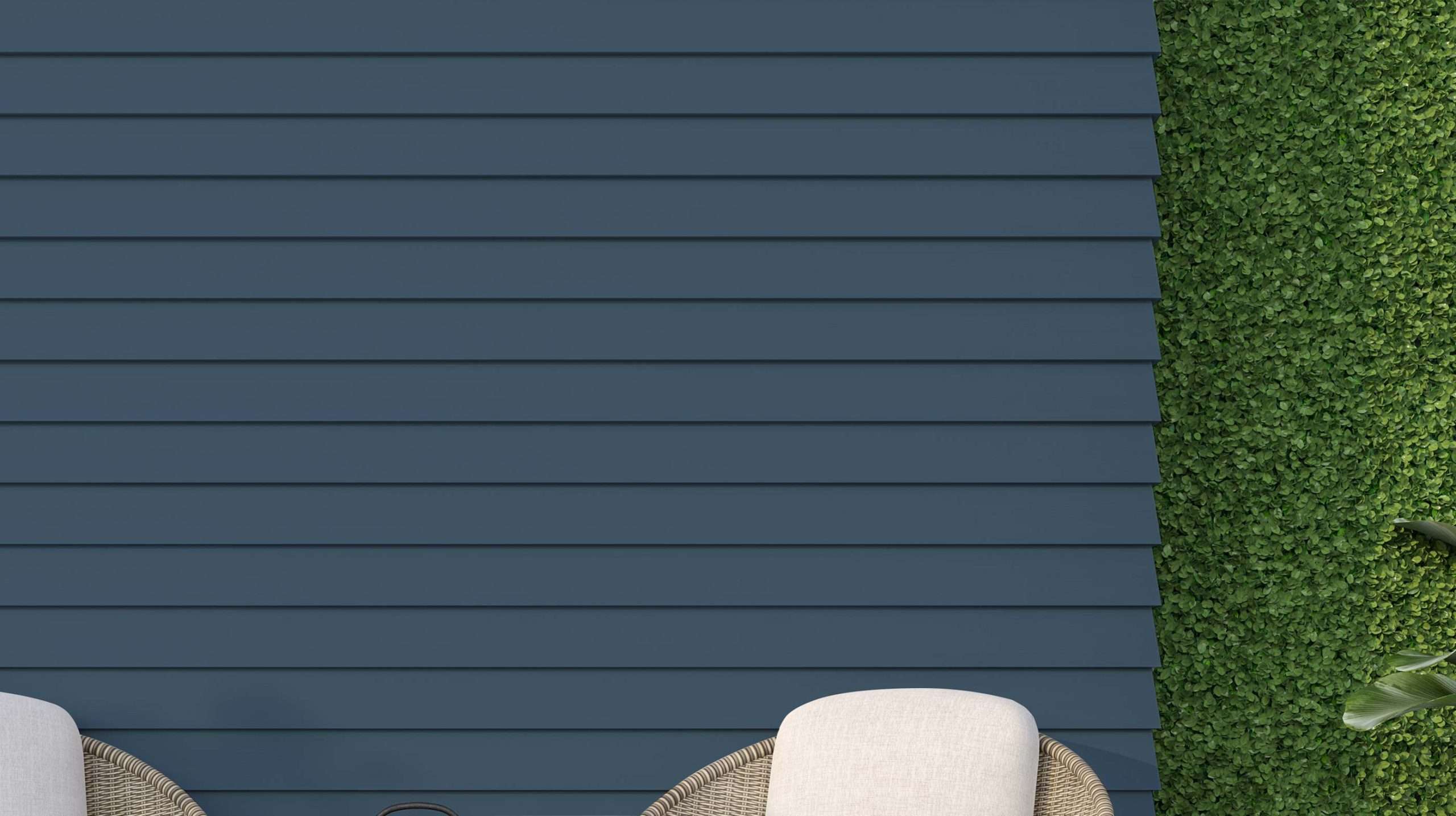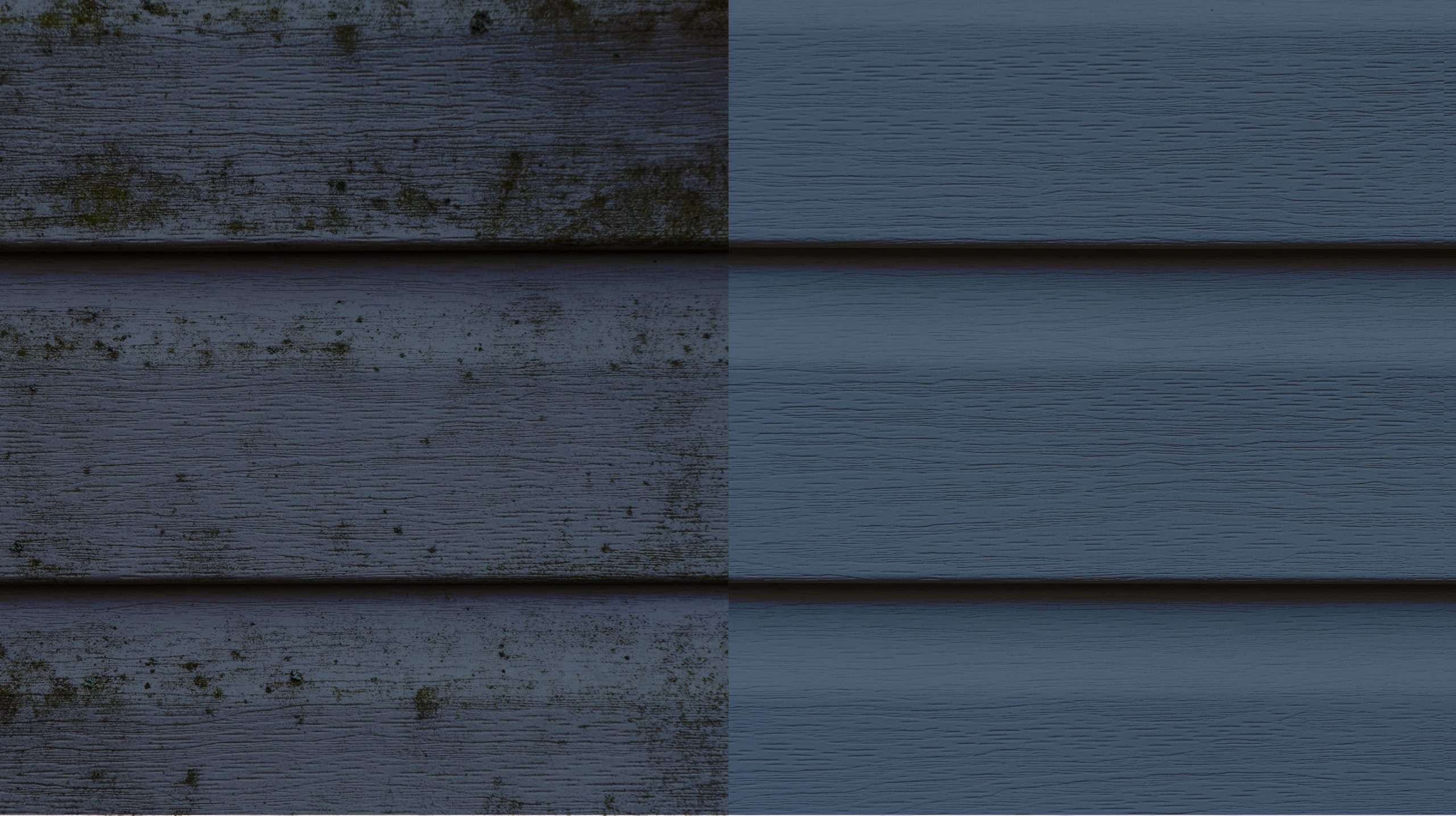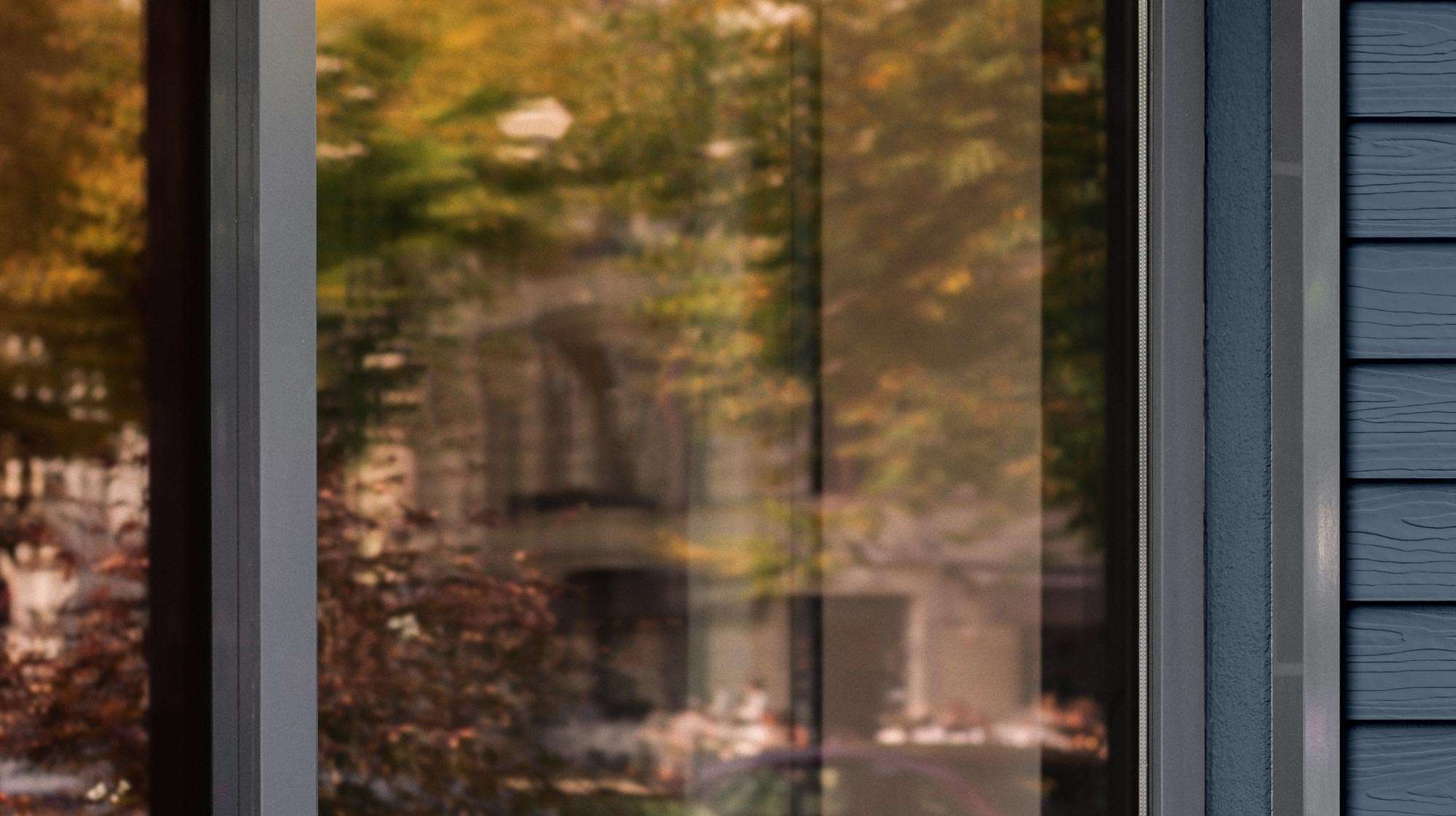Why would you go with wood siding?
When it comes to siding, why would you not want wood? There's nothing better than that classic look of wood siding, beautiful wood grain, and dark wood tones, almost glimmering against the trees.
In the last article we covered the cementitious types of siding made of stucco and Hardie. In this article we will discuss good olde fashioned wood.
Table of Contents
- Wood: Cedar Shingles, Clapboard, Tongue & Groove
- The Good & Bad of Engineered Wood – T1-11 & MDF
Wood: Cedar Shingles, Clapboard, Tongue & Groove
Wood siding has many advantages and disadvantages, both of which play a big part in selecting wood for your home.
The Good
Wood siding has advantages that other siding types do not have. One primary reason people select wood siding is for its stunning beauty – there’s nothing more classy than a beautiful wooden home.
In addition to beauty, by-and-large wood siding is cost effective compared to hardie and engineered polymer siding types. When considering the cost, the type of wood you select plays a major role. Cedar and redwood are more resilient to the elements and give you different tones, but are on the pricier side. Whereas pine or cypress which are more cost effective.
The Bad
Some of the disadvantages to wood siding is that it requires a lot of maintenance, requires frequent staining/painting, and that it is not very naturally resilient to insects, sun damage, water damage, and salt damage.
In order to keep wood siding looking as good as the day you installed it, constant upkeep will be required to ensure that none of nature's elements can wreak havoc to the wood.
When selecting wood siding, the type of wood you choose can affect how much maintenance will be required as some woods are naturally more resilient to termites or wood rot. Nonetheless, no matter what wood you select, the amount of maintenance required will generally be the same to ensure that no creepy critters or spooky spores can call your siding home.
The Good & Bad of Engineered Wood – T1-11 & MDF
T1-11 and Medium Density Fiberboard (MDF) siding are considered engineered wood products or products composed of wood shavings or pulp and wood resin. Typically engineered wood products are popular since it is the most cost-effective siding option.
T1-11 and MDF siding are inexpensive since they're manufactured in mass quantities. One consideration is that these types of siding are extremely vulnerable to elemental havoc.
Engineered wood is extremely prone to water damage, which makes it very susceptible to damage on the central coast, or near any big bodies of water, and/or areas of heavy precipitation.
MDF and T1-11 siding requires special attention, and continued maintenance to make sure it is sealed and properly painted so no moisture is able to contact the wood surface. If properly sealed and maintained, engineered wood is an inexpensive way to get a wood finish.
Wood siding is a popular choice, and the Rogall + Co. technicians have a lot of expertise installing, repairing, and working with wood. Check out part three of our three part series on siding, where we discuss engineered polymer siding.
